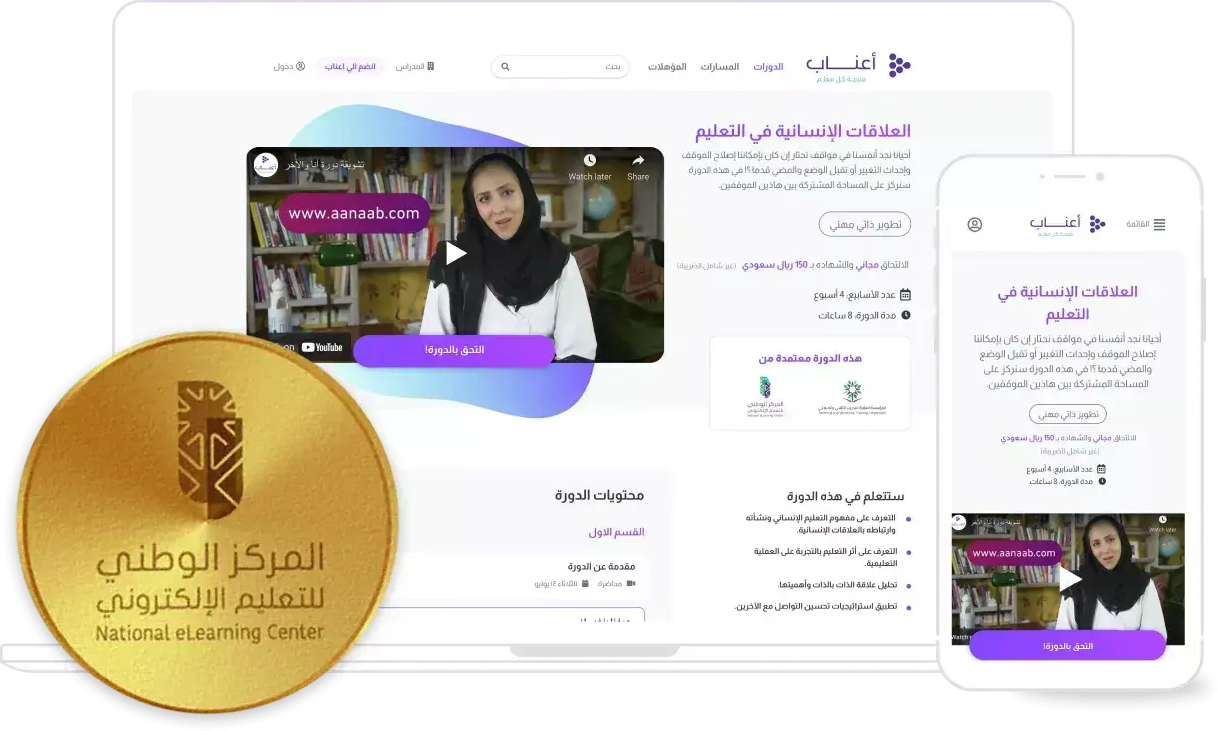The world of programming is dynamic, with new tools and technologies shaping the skills employers demand. In 2025, the top programming languages reflect the growing influence of artificial intelligence, web and mobile development, data science, and secure systems. Learning these languages can boost your career, whether you’re building apps, analyzing data, or automating processes. Below, we’ll dive into the top programming languages to learn in 2025, their key use cases, and resources to help you master them. Let’s get coding!
1. Python
Why Learn It?
Python continues to dominate in 2025 due to its versatility, readability, and massive community support. It’s the go-to language for AI, machine learning, data science, web development, and automation. Its simple syntax makes it beginner-friendly, while its robust libraries power advanced applications.
Key Use Cases:
-
Data analysis and visualization (Pandas, Matplotlib)
-
Machine learning and AI (TensorFlow, PyTorch)
-
Web development (Django, Flask)
-
Automation and scripting (e.g., automating repetitive tasks)
Why It’s Hot in 2025:
Python’s role in AI and data science is unmatched. With companies like Google and Meta relying on Python for AI-driven projects, demand for Python developers remains high. A 2024 Stack Overflow survey ranked Python as the most popular language among developers for the fifth consecutive year.
How to Start:
-
Take free Python courses on Coursera or edX.
-
Practice with projects on Kaggle for data science or Real Python for tutorials.
-
Build a portfolio with small projects like a web scraper or a machine learning model.
2. JavaScript
Why Learn It?
JavaScript is the backbone of web development, powering interactive websites and web apps. With frameworks like React, Angular, and Vue.js, it’s essential for front-end and full-stack development. Its versatility extends to server-side development (Node.js) and even mobile apps.
Key Use Cases:
-
Front-end development (React, Vue.js)
-
Back-end development (Node.js)
-
Mobile app development (React Native)
-
Game development (Phaser, Three.js)
Why It’s Hot in 2025:
The web isn’t going anywhere, and JavaScript remains the only language natively supported by browsers. The rise of progressive web apps (PWAs) and real-time applications (e.g., chat apps) keeps JavaScript in high demand. LinkedIn’s 2024 Jobs Report noted a 30% increase in demand for JavaScript developers.
How to Start:
-
Learn JavaScript basics with freeCodeCamp.
-
Build projects like a to-do app or a portfolio site using CodePen.
-
Explore frameworks with React’s official documentation or Node.js tutorials.
3. TypeScript
Why Learn It?
TypeScript, a superset of JavaScript, adds static typing to make code more robust and scalable. It’s increasingly popular for large-scale web applications and is widely adopted by companies like Microsoft and Slack.
Key Use Cases:
-
Enterprise-level web apps (Angular, React with TypeScript)
-
Collaborative projects requiring maintainable code
-
Full-stack development with Node.js
Why It’s Hot in 2025:
TypeScript’s ability to catch errors early and improve code quality makes it a favorite for complex projects. Its adoption in frameworks like Angular and React has skyrocketed, with a 2024 GitHub report showing TypeScript as the fastest-growing language in open-source contributions.
How to Start:
-
Start with the TypeScript Handbook.
-
Convert a JavaScript project to TypeScript on GitHub for hands-on practice.
-
Join the TypeScript Community for support and resources.
4. Rust
Why Learn It?
Rust is a systems programming language known for its performance, safety, and concurrency. It’s gaining traction for building fast, secure applications, especially in areas like blockchain, cloud infrastructure, and game development.
Key Use Cases:
-
Systems programming (e.g., operating systems, browsers)
-
Blockchain and cryptocurrency (Solana, Polkadot)
-
Game development (Bevy engine)
-
Cloud infrastructure (AWS, Microsoft Azure)
Why It’s Hot in 2025:
Rust’s memory safety features make it a go-to for secure, high-performance applications. Companies like Mozilla, AWS, and Discord use Rust for critical systems. The 2024 Stack Overflow Developer Survey ranked Rust as the “most loved” language for its developer experience.
How to Start:
-
Read the Rust Book for a free, comprehensive guide.
-
Build projects like a CLI tool or a simple web server using Cargo.
-
Join Rust’s Reddit community for tips and project ideas.
5. Go (Golang)
Why Learn It?
Go, developed by Google, is prized for its simplicity, speed, and scalability. It’s a favorite for cloud-native applications, microservices, and DevOps tools, making it ideal for modern infrastructure.
Key Use Cases:
-
Cloud computing (Kubernetes, Docker)
-
Microservices and APIs
-
DevOps tools (e.g., Terraform, Prometheus)
-
Networking applications
Why It’s Hot in 2025:
Go’s lightweight design and fast execution make it perfect for cloud-based systems. With the rise of microservices and containerization, companies like Uber and Dropbox rely on Go. A 2024 TIOBE Index report placed Go in the top 10 languages for enterprise use.
How to Start:
-
Take the Tour of Go for an interactive introduction.
-
Build a REST API or microservice with Gin.
-
Explore Go’s official resources for tutorials and documentation.
6. Kotlin
Why Learn It?
Kotlin is the preferred language for Android development, offering concise syntax and interoperability with Java. It’s also gaining ground in server-side development and cross-platform frameworks.
Key Use Cases:
-
Android app development
-
Server-side development (Ktor, Spring Boot)
-
Cross-platform mobile apps (Jetpack Compose)
Why It’s Hot in 2025:
Google’s endorsement of Kotlin for Android development has made it a must-learn for mobile developers. Its adoption in enterprise applications via Spring Boot adds to its versatility. A 2024 Indeed report showed a 25% rise in Kotlin job postings.
How to Start:
-
Learn with Kotlin’s official tutorials.
-
Build an Android app using Android Studio.
-
Join Kotlin’s Slack community for support.
7. SQL
Why Learn It?
SQL (Structured Query Language) remains critical for managing and querying databases. With data-driven decision-making at the core of modern businesses, SQL is a foundational skill for developers and analysts.
Key Use Cases:
-
Database management (MySQL, PostgreSQL)
-
Data analysis and reporting
-
Backend development with frameworks like Django or Spring
Why It’s Hot in 2025:
The explosion of big data and cloud databases (e.g., Snowflake, Google BigQuery) keeps SQL in high demand. It’s a must-know for data scientists, backend developers, and business analysts. A 2024 LinkedIn report noted SQL as the most requested skill in data-related roles.
How to Start:
-
Practice SQL queries on LeetCode or HackerRank.
-
Learn with free courses on Mode Analytics.
-
Explore PostgreSQL’s documentation for advanced queries.
Why Learn These Languages in 2025?
The languages above stand out due to their relevance in high-growth areas like AI, web development, cloud computing, and mobile apps. They offer:
-
High demand: Job postings for these languages are abundant, with salaries often exceeding $100,000 annually (per 2024 Glassdoor data).
-
Versatility: Many (e.g., Python, JavaScript) are used across industries, from startups to tech giants.
-
Community support: Large communities and resources make learning accessible.
How to Get Started
-
Choose one language: Start with Python or JavaScript if you’re a beginner, or dive into Rust or Go for systems programming.
-
Leverage free resources: Use platforms like freeCodeCamp, Coursera, or edX.
-
Build projects: Create a portfolio with projects like a web app, data dashboard, or mobile app to showcase your skills.
-
Join communities: Engage on Reddit (e.g., r/learnprogramming) or Stack Overflow for support.
-
Practice daily: Use coding platforms like LeetCode or Codewars to hone your skills.
Final Thoughts
Learning a programming language in 2025 is an investment in your future. Python, JavaScript, TypeScript, Rust, Go, Kotlin, and SQL are leading the charge, powering the tech industry’s most exciting innovations. By focusing on one or more of these languages, you can position yourself for a rewarding career in tech. Start small, build projects, and tap into the wealth of free resources available. The coding world is yours to conquer—pick a language and start today!
Resources Recap
- Coursera – Python and general programming courses
- edX – Free and paid tech courses
- Kaggle – Data science projects and datasets
- Real Python – Python tutorials
- freeCodeCamp – JavaScript and coding tutorials
- CodePen – Web development projects
- React – React framework documentation
- Node.js – Server-side JavaScript resources
- TypeScript Handbook – Official TypeScript guide
- Rust Book – Comprehensive Rust guide
- Tour of Go – Interactive Go tutorial
- Kotlin – Kotlin tutorials
- Android Studio – Android development IDE
- Mode Analytics – SQL tutorials
- PostgreSQL – Database documentation
- LeetCode – Coding practice for SQL and algorithms
- Codewars – Coding challenges




0 Comments